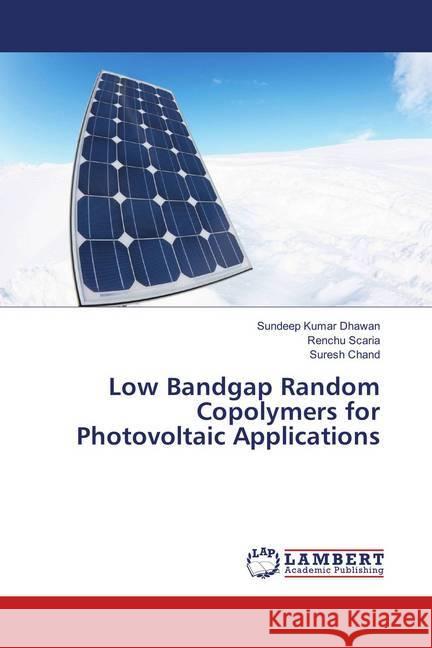Low Bandgap Random Copolymers for Photovoltaic Applications » książka
Low Bandgap Random Copolymers for Photovoltaic Applications
ISBN-13: 9783659895647 / Angielski / Miękka / 2016 / 164 str.
Donor-acceptor bulk hetrojunction (BHJ) organic solar cells are fast emerging as a potential, futuristic, flexible, large area cost effective technology. Power conversion efficiency (PCE) more than 10% has already been achieved in these solar cells using tandem structures of the device. The two important steps in polymer solar cells include the efficient light harvesting and efficient transport of charge carriers. As regards efficient harvesting of photons the approaches being followed include modification/tailoring the band gap of existing electron donating polymers or developing entirely new polymers. To achieve high efficiency of PSCs, one of the most critical challenges at the molecular level is to develop ideal p-type conjugated polymers that simultaneously possess sufficient solubility, low band gap, and high hole mobility to ensure high PCE for organic photovoltaics. Semi-random co-polymers containing multiple distinct acceptor monomers is one approach to achieve large current densities and high efficiency due to favourable properties such as semicrystallinity, high hole mobility, and importantly broad, uniform, and strong absorption of the solar spectrum.











